In the Tang Dynasty, a famous Chinese poet named Libai, wrote a poem about the “Shu Road” (Shu is the old name for Sichuan, Shu Road was the name for the roads connecting Sichuan with the outside world). He described the trail as “Walking on the narrow paths of Sichuan is more difficult than climbing up to heaven”. Everyone in China knows since ancient times that China’s “Great Southwest” is blessed with the beauty of high mountains, deep ravines and winding rivers, but it is less of a blessing for those who seek to cross the land and the people who live there have a never-ending dream of just easy and convenient ways of travel.

Jianmen trail on Shu Road
Anyone who traveled southwest China 10 or 15 years ago will likely remember vividly how difficult and dangerous the roads were. Wherever you went you had to take old and shabby buses up and down the mountains, through winding mountain roads and tunnels. Suffering from carsickness and often an up-side-down stomach (or that of your neighbor), it was hard to enjoy the amazing scenery you were passing through. The other option was taking the slow train if available, that would take at least two times longer than buses, counting the hours away without mobile network, passing tunnel after tunnel in an overfull wagon on uncomfortable and much too straight hard seats.
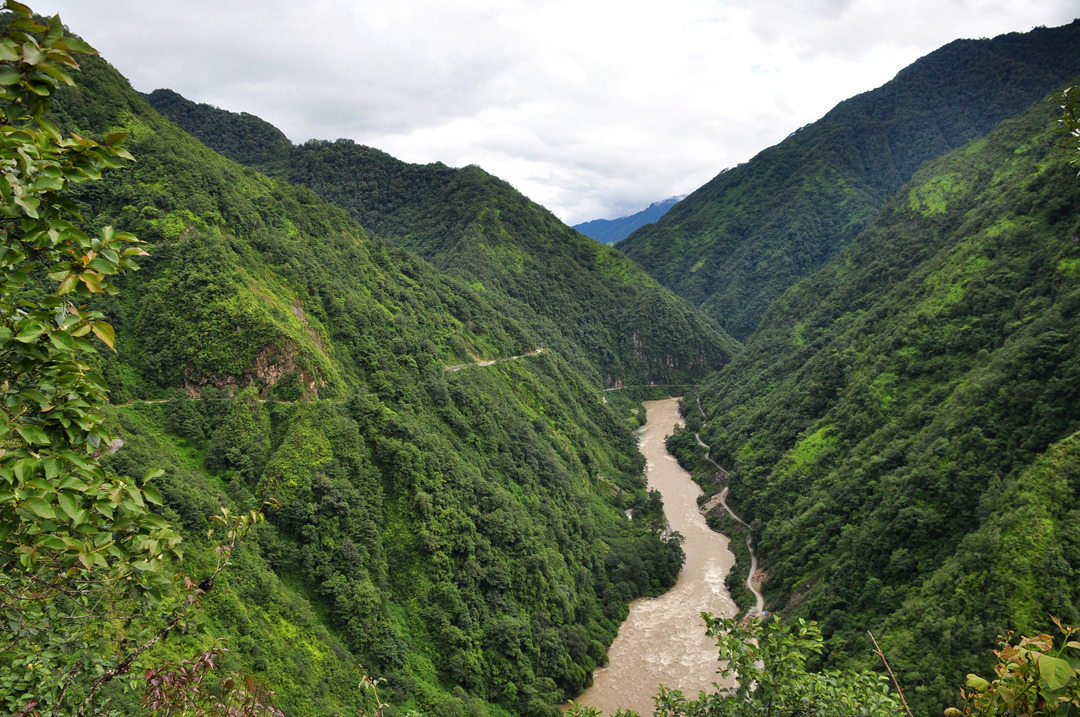
Narrow roads along the Dulong River
So, what were the roads like in the past in the southwest? Well, you can say that Libai’s description was not exaggerated. Let’s take a look at some photos of the old roads in southwest China.
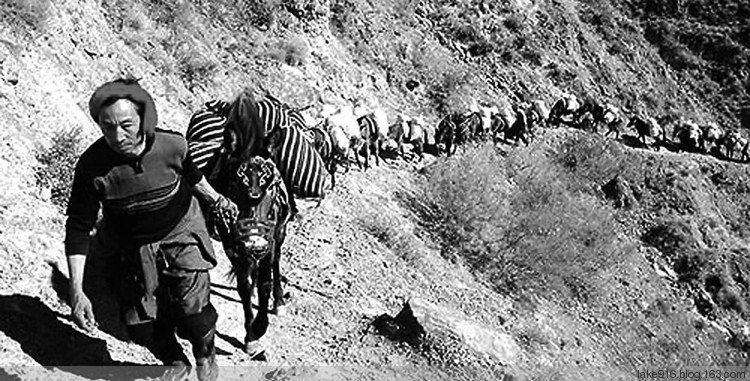

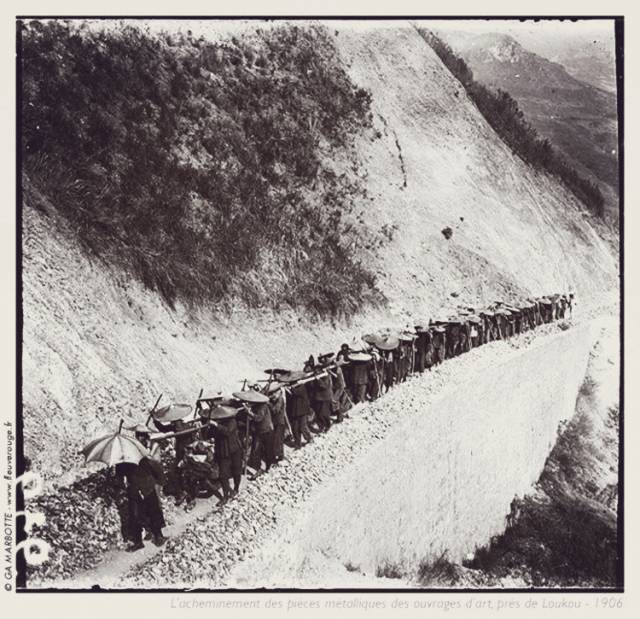
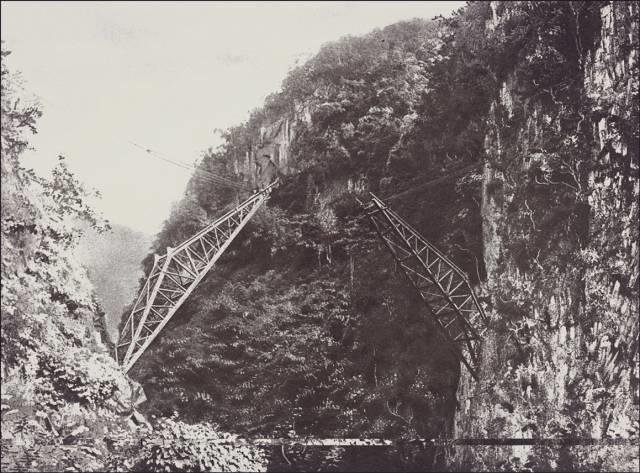
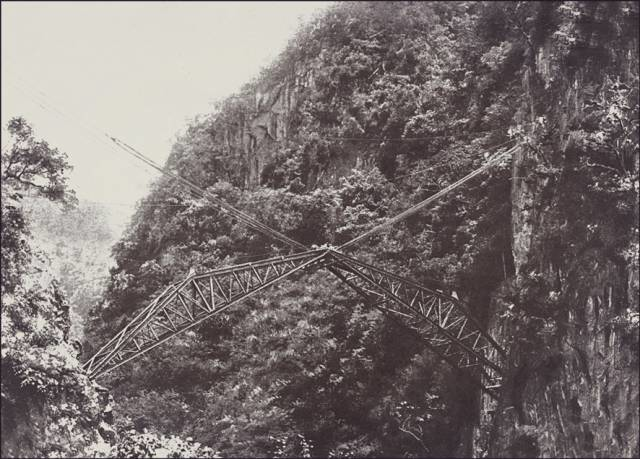
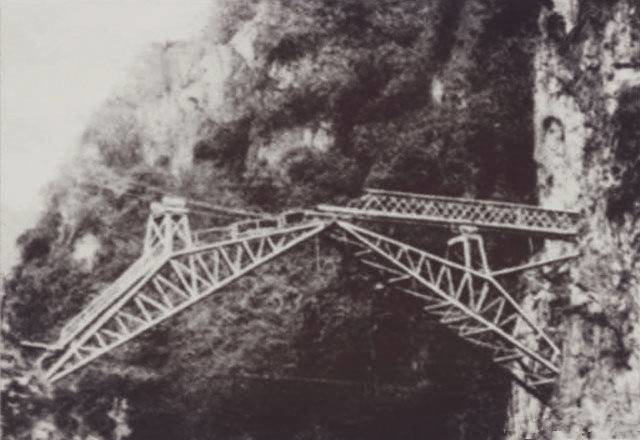
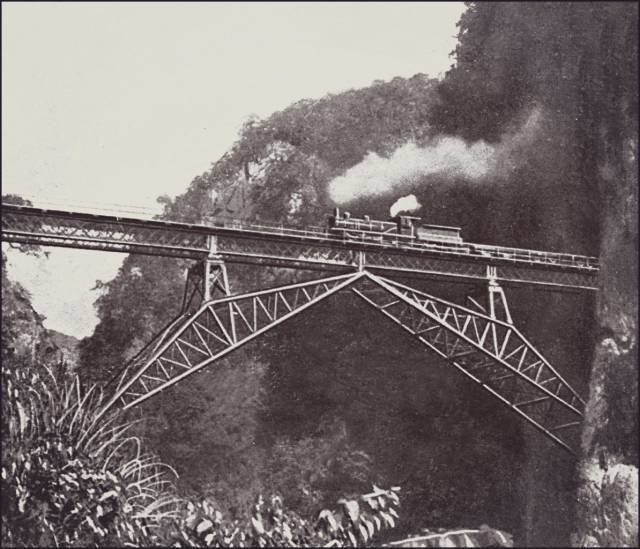
How Yunnan-Vietnam Railway was built
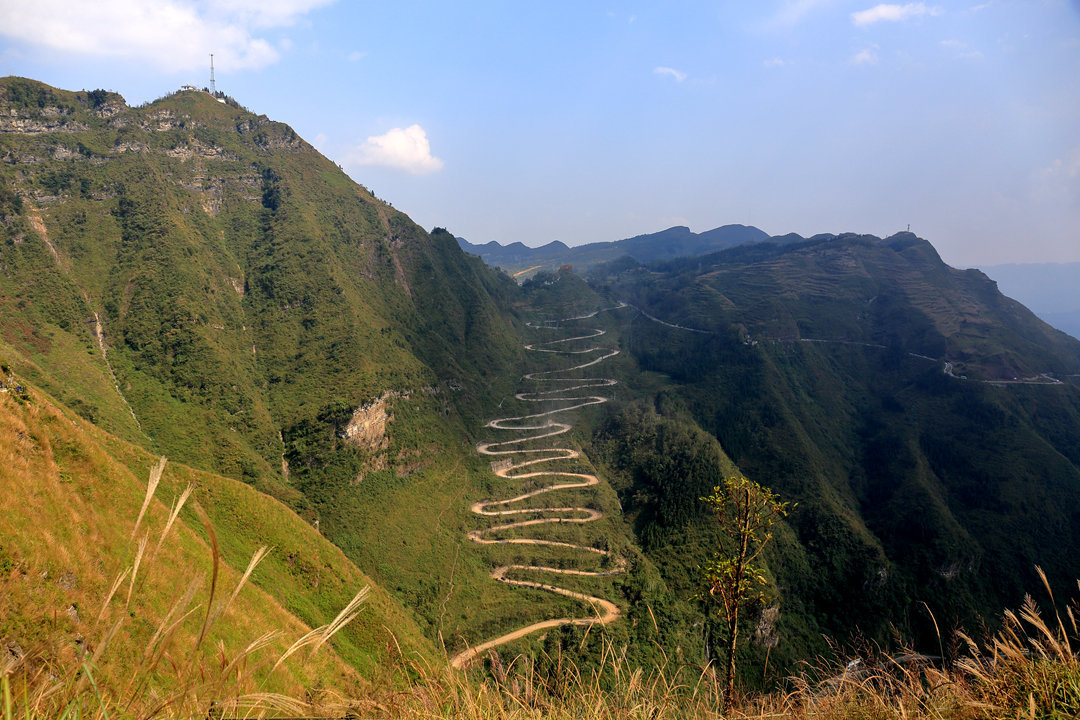
The famous 24 Turns of Qinglong Road in Guizhou
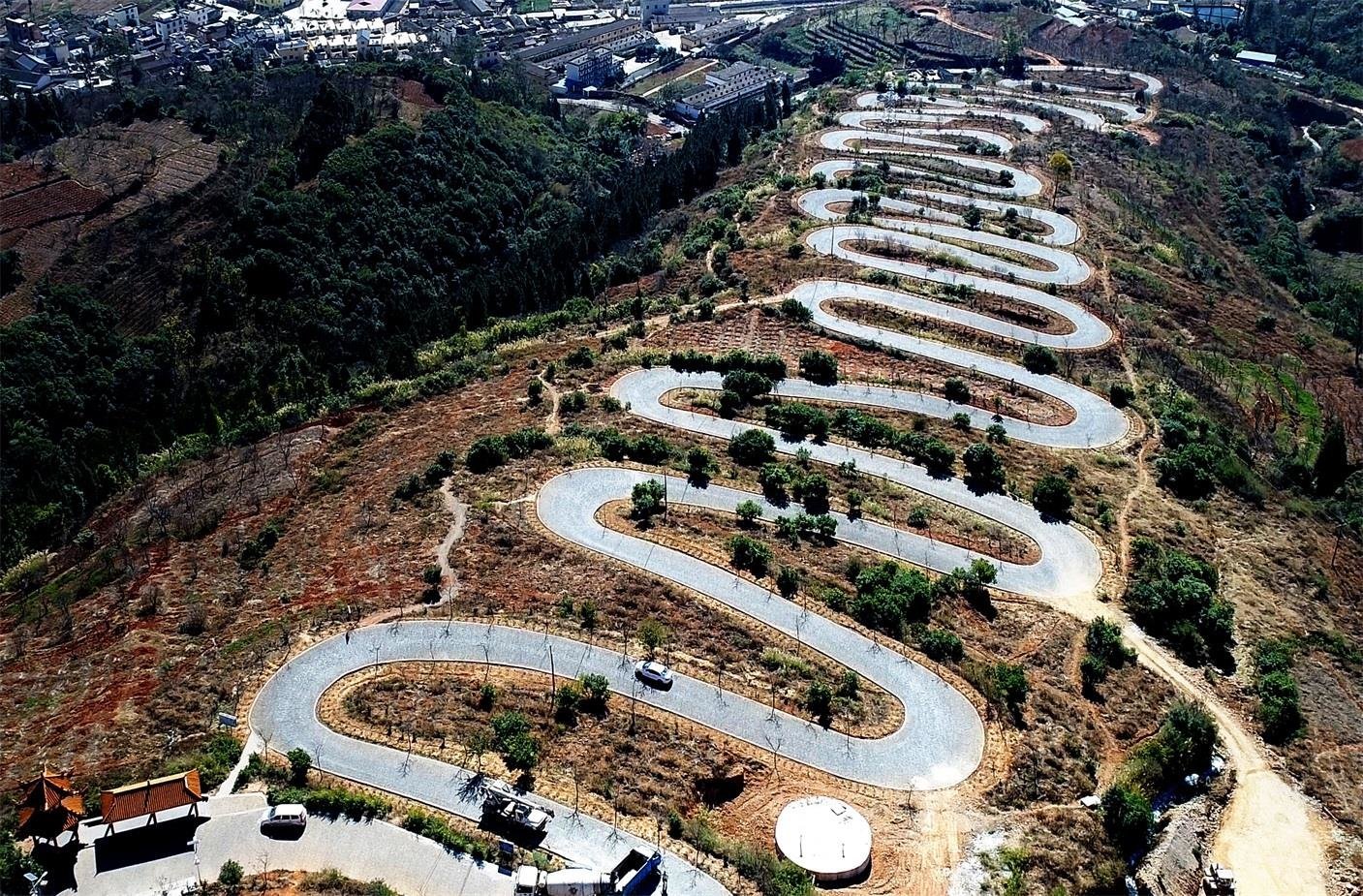
The 68 Turns in Jin’anshao near Kunming in Yunnan

Dulong corniche(Yunnan)
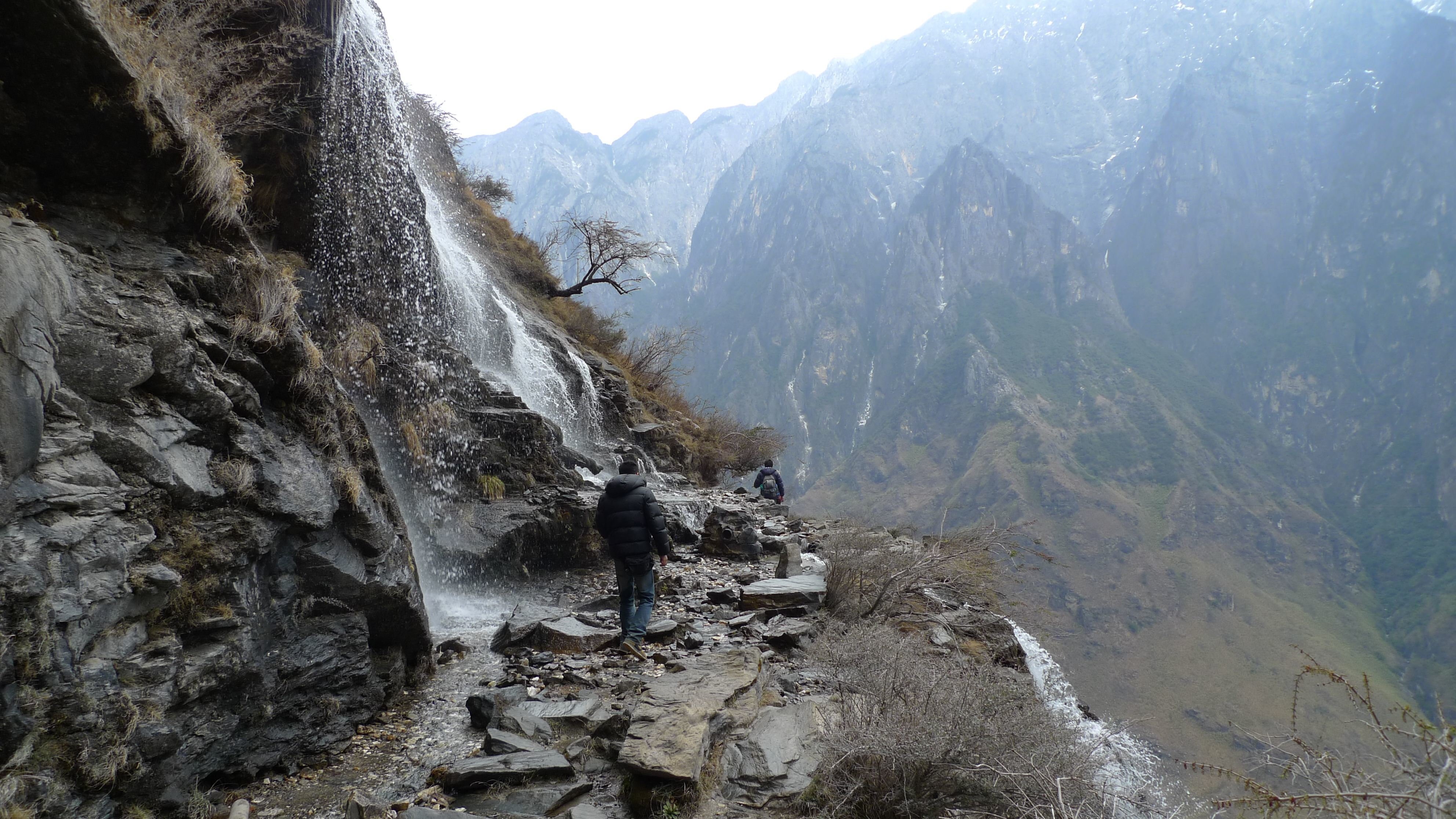
Mountain trials in the Tiger Leaping Gorge, one of the highest gorges in the world(Yunnan)

Siduhe Bridge, Guizhou
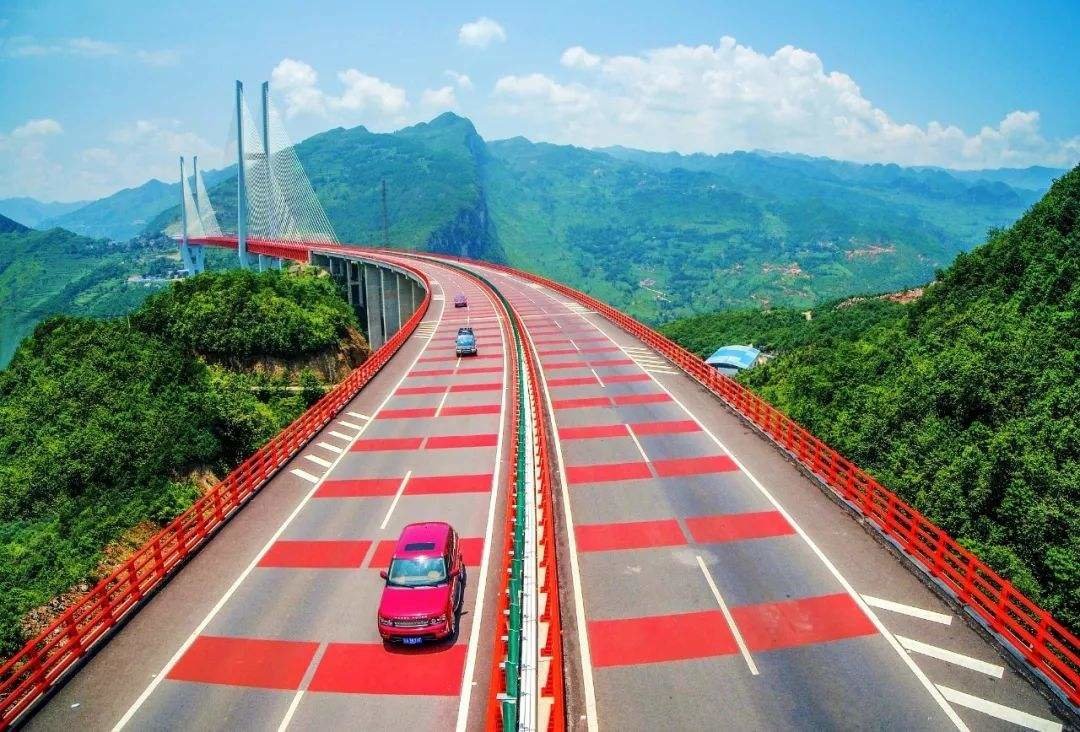
Beipanjiang Bridge Duge,Guizhou
But those beautiful bridges are not built just so tourists can nap while getting to their destination. Many construction-fans flocks to this area to lay eyes upon these spectacular, complex and record-winning bridges. To see tall bridges, there is no need to go anywhere else. Southwest China has the highest concentration of the world’s tallest bridges, especially in Guizhou and Yunnan.
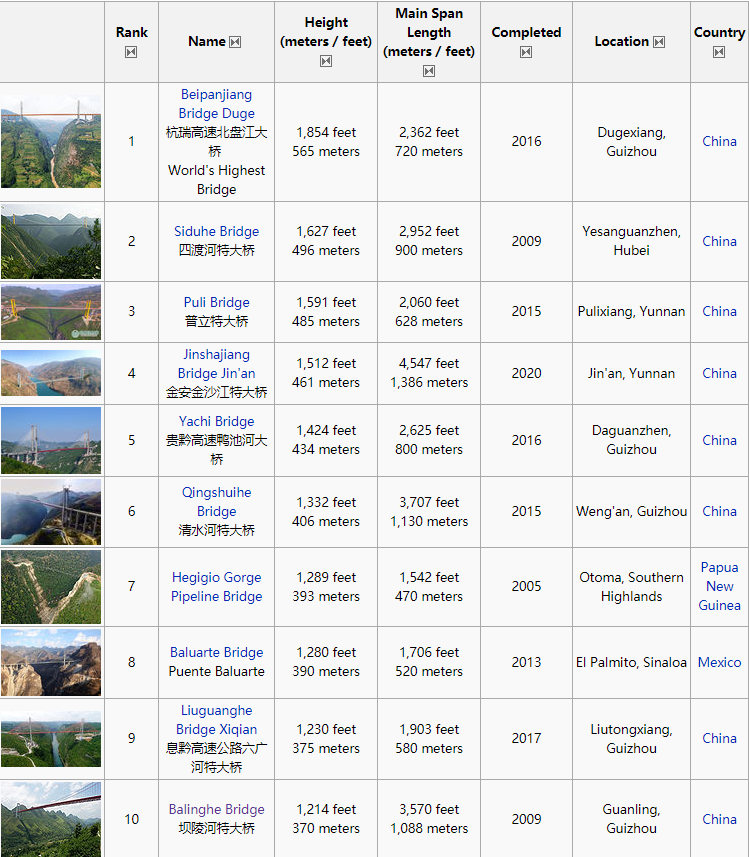
Top 10 highest bridges on website highestbridges.com
As of March 2019, on the ranking of the famous website http://www.highestbridges.com, you can see that eight of the top 10 tallest super-bridges in the world are in this area, including five in Guizhou, three in Yunnan and one in Hubei. And the top 3 are all Chinese bridges.
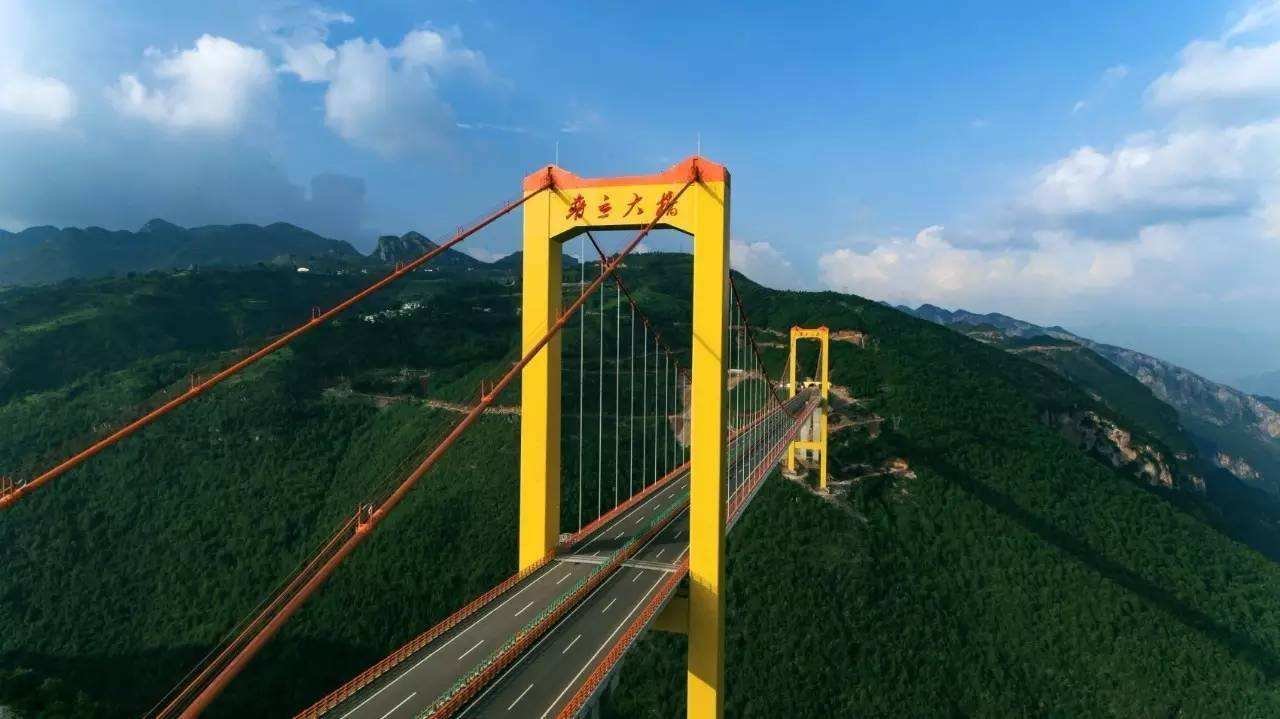
Puli Bridge, Yunnan
But these bridges are not built to just pursue world rankings. It is merely a natural by-product of development in an area blessed with high mountains, deep ravines and winding rivers that characterizes China’s Great Southwest.

Jinshajiang Bridge Jin'an,Yunnan
Author:Sara 张卓
English editor :Melanie 邬隼鸣
We provide high-level bridge tours for you. It including almost all highlights of the highest bridges in Yunnan and Guizhou :
- 256 reads
- Like this









